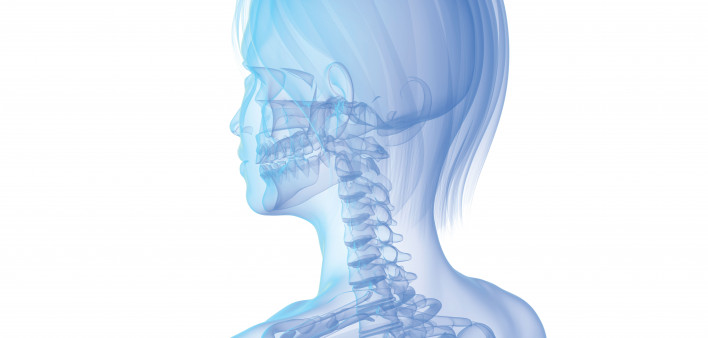It’s not just aging in general or HIV and its treatments that deplete bone mineral density (BMD) in women living with HIV, it’s also menopause, according to an analysis published in Clinical Infectious Diseases.
Anjali Sharma, MD, of Albert Einstein College of Medicine, and colleagues tested the bone density of 158 women living with HIV and 86 HIV-negative women in the Women’s Interagency HIV Study, looking at associations with HIV status, stage of menopause and medication use.
About half of the HIV-positive women were using tenofovir disoproxil fumarate, and half were using a protease inhibitor, both of which can affect the bones. Despite the fact that women with HIV were 12 times more likely to be taking calcium supplements and less likely to smoke, they were more likely to have low bone density.
After controlling for other risk factors, like smoking, alcohol use, diabetes and hepatitis C, HIV-positive women had lower BMD at the lumbar spine, hip and forearm bone. Bone loss was more common among HIV-positive women who were at the end of perimenopause or entering menopause. Osteopenia—the precursor to osteoporosis—was also more common among HIV-positive women than their HIV-negative peers. However, the differences generally did not reach the threshold for statistical significance.
While deficits in BMD by menopausal status “appear to be greater” for women with HIV compared with HIV-negative women, the study authors said more research with a larger group of people is needed to determine whether these differences truly exist.







Comments
Comments